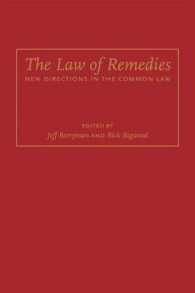Full Description
This situation began to change inthe early 1970s when computing facilities became more powerful and more widely available, thereby facilitating numerical analysis of relatively simple combustion problems, typi cally steady one-dimensional flames, with moderately detailed mechanisms of elementary reactions.








